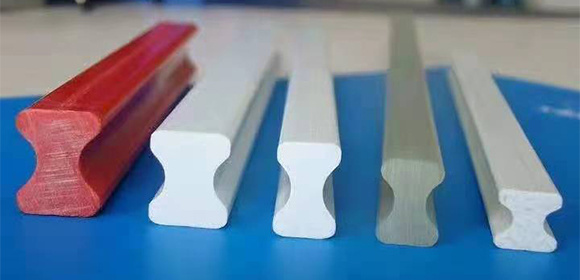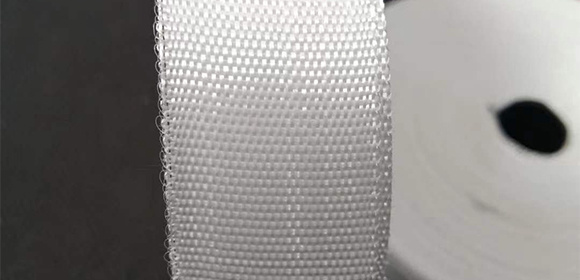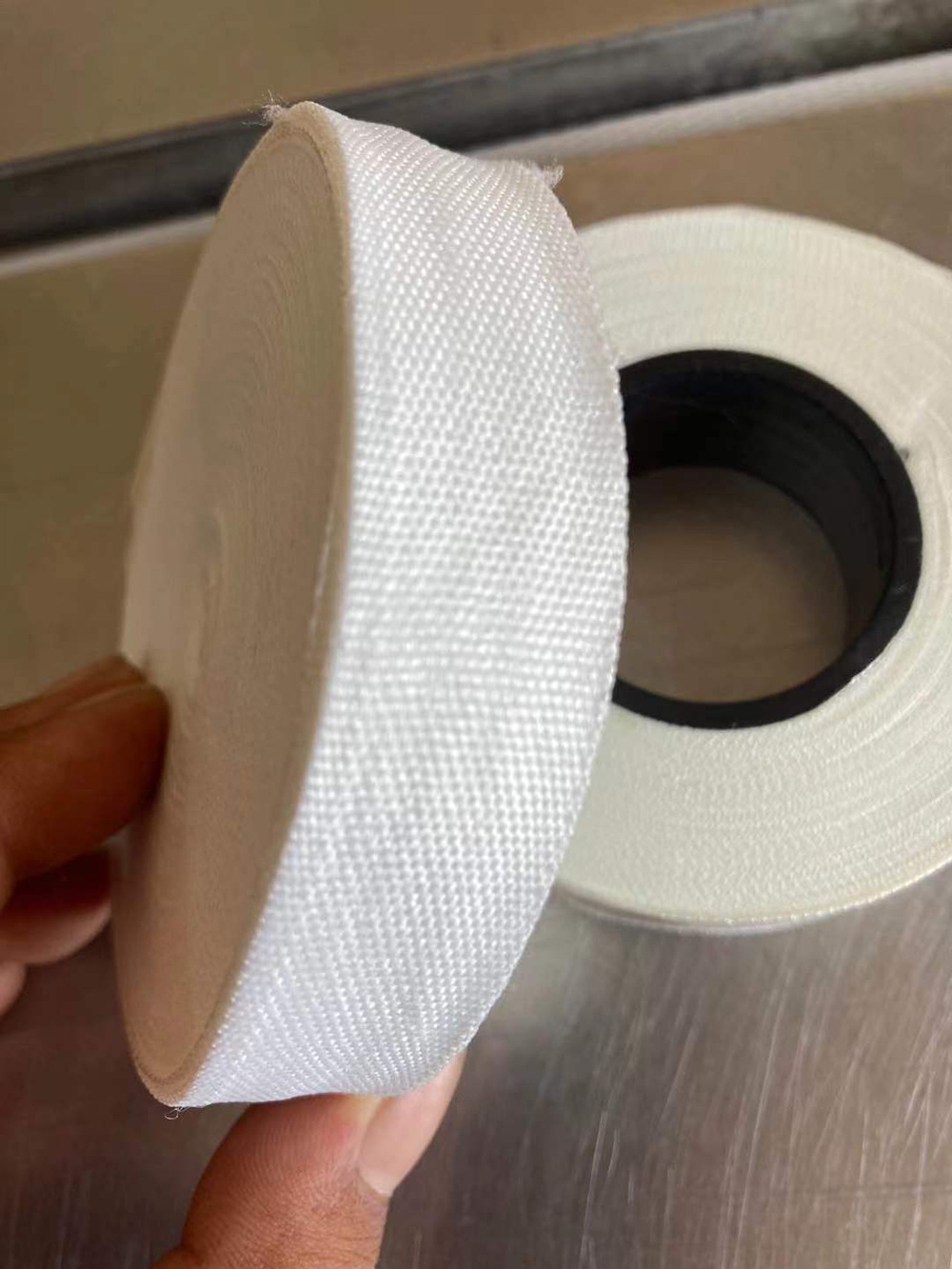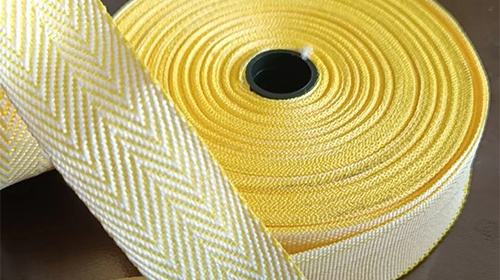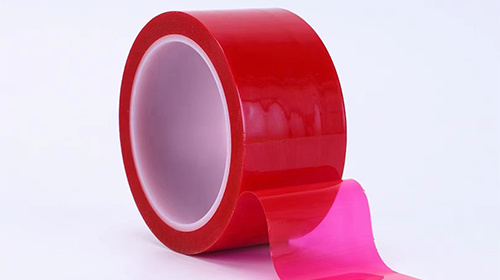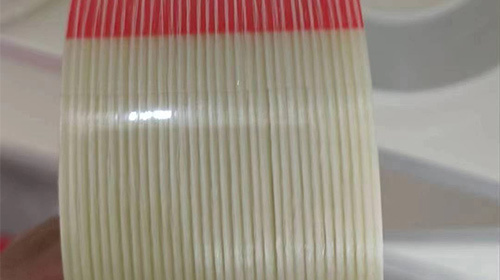Navigating the Essentials of Electricity Insulating Boards: What You Need to Know
Understanding Electricity Insulating Boards
In the world of electrical engineering, it’s no surprise that safety and efficiency reign supreme. One essential component that often flies under the radar is the electricity insulating board. You might be wondering, what’s the big deal? Well, buckle up, because we’re about to dive deep into the ins and outs of these crucial materials!
What is an Electricity Insulating Board?
At its core, an electricity insulating board serves as a barrier between conductive materials and the environment, preventing unwanted electrical flow that could lead to hazardous situations. Typically made from synthetic materials like fiberglass or phenolic resin, these boards are designed to withstand high voltages and temperatures, ensuring that electrical systems function smoothly.
Why Use Them?
Okay, so you know what they are, but why bother using them? Well, here’s the scoop! electricity insulating boards:
- Enhance safety by minimizing the risk of electrical shocks.
- Protect sensitive equipment from electrical interference.
- Provide structural support in various electrical applications.
In short, they’re the unsung heroes of the electrical world!
Key Considerations When Using Electricity Insulating Boards
Now that we’ve established their importance, let’s dive into some crucial considerations to keep in mind:
1. Choose the Right Material
Different applications call for different materials. For instance, if you're dealing with extreme temperatures, you might want to opt for boards made of phenolic resin, which can handle heat like a champ! On the flip side, if you’re working with electrical circuits that require flexibility, fiberglass might be your best bet.
2. Installation Matters
And here’s where things can get a bit tricky. Proper installation of the electricity insulating board is critical. Make sure to follow the manufacturer's guidelines. A poorly installed board can lead to all sorts of electrical mishaps, and trust me, you don’t want that mess on your hands!
3. Regular Inspections
Just because you’ve installed your boards doesn’t mean you can kick back and relax! Regular inspections are a must. Look for signs of wear and tear, such as cracks or discoloration. If you spot any issues, it’s better to replace them sooner rather than later—safety first, am I right?
4. Know the Voltage Ratings
Not all electricity insulating boards are created equal. Each board has a specific voltage rating, and using one that doesn’t meet your needs could be catastrophic. Always check the specifications to ensure you’re using the right product for your application.
Final Thoughts
In conclusion, electricity insulating boards are indispensable in maintaining safety and efficiency in electrical systems. By keeping these considerations in mind, you can ensure that your projects not only meet safety standards but also work like a charm. So, whether you’re an engineer, contractor, or DIY enthusiast, remember: the right insulating board can make all the difference!
Previous:






